Amp Radio looks at tributes to Marilyn in pop, including Mariah Carey’s video for I Still Believe and Gwen Stefani’s Cool.
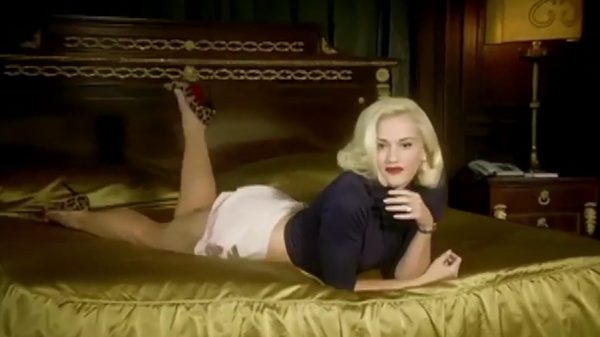
Marilyn Monroe 1926-1962
Amp Radio looks at tributes to Marilyn in pop, including Mariah Carey’s video for I Still Believe and Gwen Stefani’s Cool.

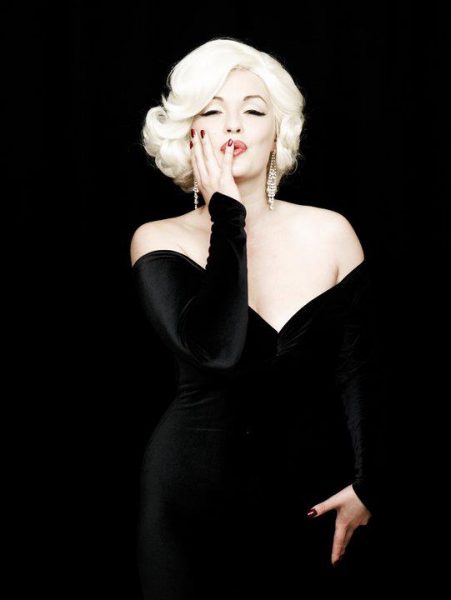
Brighton’s very own Marilyn lookalike, Laura Nixon, has opened her own venue in the seaside city. The Jive Monkey, at 5 Steine Street, is ‘set to be a focus for performers and the first port of call for those who want to see quality entertainment or just have a relaxed drink in a non-pretentious but glamourous setting.’
Opening this Friday, December 2, the Jive Monkey is compared by Latest 7 magazine to ‘a dark 1920s speakeasy with the discretion of a gentlemen’s club plus the excitement of a Berlin cabaret.’
Entertainments will include ‘live music, cabaret, and performance art from the unusual and tongue in cheek to the downright bizarre including screenings of cult movies with a heavy smattering of authentic live jazz.’

Over at Joan’s Digest today, an article by Sheila O’Malley about Marilyn’s sexuality – the image, the reality, and how other women relate to her.
I have a lot of time for O’Malley, who has made many interesting posts about Marilyn – especially her acting – on her own website, The Sheila Variations. And I also think the subject of Marilyn’s sexuality is fascinating.
Unfortunately, the article got off to a bad start for me by quoting John Miner’s disputed transcript of tapes supposedly made for her psychiatrist, Dr Ralph Greenson (in which Monroe claimed not to have had an orgasm until her 30s.)
These tapes have never surfaced, and while I wouldn’t discount them entirely, there is something a little ‘off’ about the text. (Melinda Mason wrote in depth about this in her article, ‘Songs Marilyn Never Sang.’)
There is also an anecdote from Orson Welles about Marilyn’s supposed promiscuity which I’m not entirely sure of (Welles had his own peccadilloes, and thus was hardly a disinterested witness), as well as a quote by photographer Lazlo Willinger which is mistakenly attributed to Ernest Cunningham, who wrote a book about Monroe a few years ago, but never actually met her.
Nonetheless, O’Malley is right to note the disparity between Monroe’s ‘Sex Goddess’ image and her turbulent private life, and ‘The Anatomy of Marilyn Monroe’ is a thoughtful piece, especially towards the end:
“When working on a film, Monroe kept directors and crews waiting for hours while she holed up in her dressing room, staring at herself in the mirror. What was she looking for? Marilyn Monroe was second to none in crafting and perfecting her persona. Every element of her ‘look’, her hair, her makeup, her clothes, she engineered with a specificity and a cold eye towards what ‘worked’. John Strasberg, son of Lee Strasberg, Monroe’s acting mentor, made the insightful observation: ‘It was clear that she was aware that she had created a female character in the tradition of the sad sack tramps of Chaplin and Keaton.’ It is not always easy to step into your fantasy of yourself, to take on the persona you have created. Monroe’s looks were so startlingly beautiful and sexy, that on days when she felt low or panicked, it took an act of sheer will to step into that ‘sad sack tramp’ comedienne she had courageously created for herself. The exterior was what was valued in Monroe. Staring at herself in the mirror for hours, while keeping entire crews waiting, was not vanity. It took time to get the interior and the exterior in alignment.
Marilyn Monroe’s movie magic was in her ability to take her emotional interior and make it palpably visible to audiences. In so doing, her actual interior was ignored, for years. Staring at herself in the mirror was an act of searching, perhaps, an act of anxious exploration. What is it that they see in me? And can I see it in myself? Can I actually feel, in myself, what it is that others see in me? But where to even begin?’
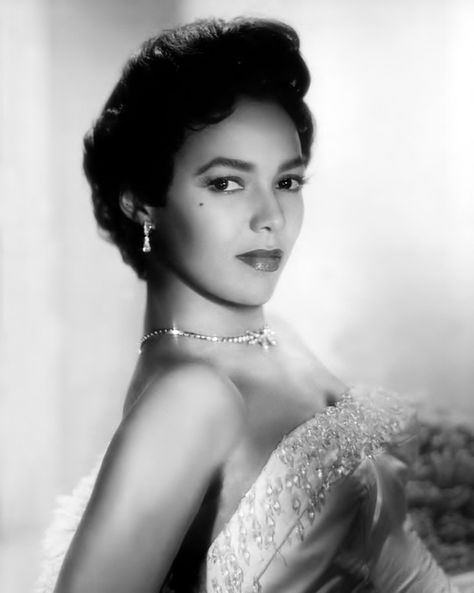
While Marilyn’s untimely death is often described as Hollywood’s last tragedy, there have been many others. Over at Flavorwire, Stephanie Nolasco considers some of their stories, including two friends of Marilyn, Judy Garland and Dorothy Dandridge.
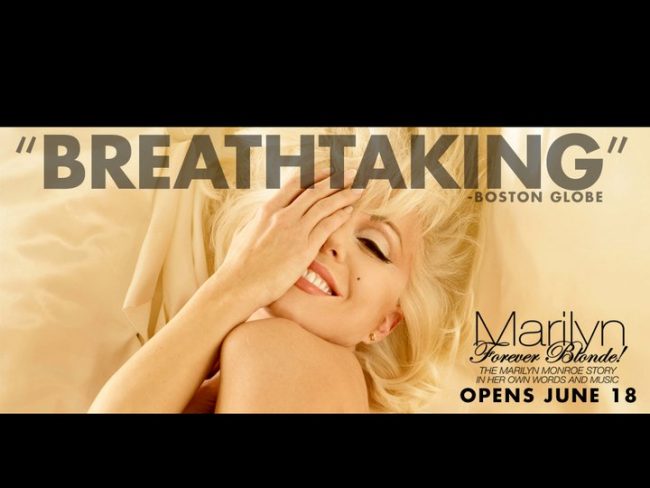
Footage from Marilyn: Forever Blonde, a one-woman show starring Sunny Thompson, is now on Youtube.
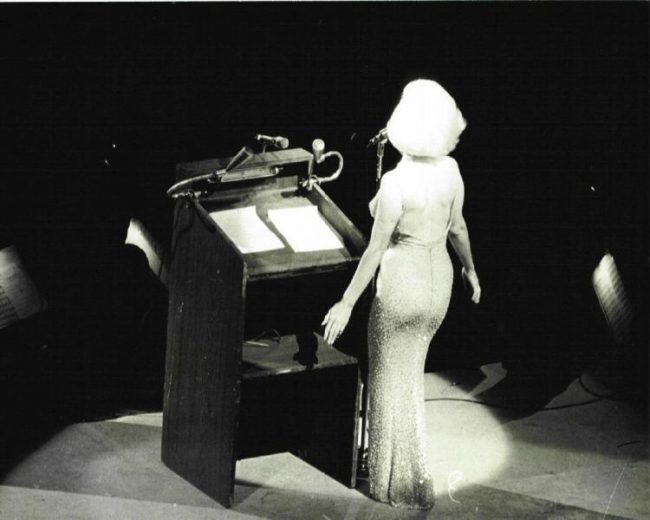
Following Joan Copeland‘s recent – and rather silly – claim that Marilyn’s ‘breathless’ rendition of ‘Happy Birthday Mr President’ was due to her getting lost on the way to the stage, Scott Fortner takes an behind-the-scenes look at the legendary performance, with testimony from Susan Strasberg and Eunice Murray, over at his MM Collection Blog.
“Marilyn was at Madison Square Garden in plenty of time for her performance, and it had been planned all along that she would close the show, and her lateness would be a running joke throughout the program. Marilyn was not late for her performance, she did not have a problem finding the correct door for the stage, and she was not out of breath when she sang Happy Birthday to President Kennedy. She was America’s sex symbol, and she delivered the performance that she’d planned and rehearsed.”
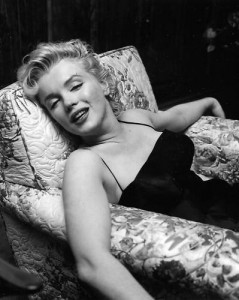
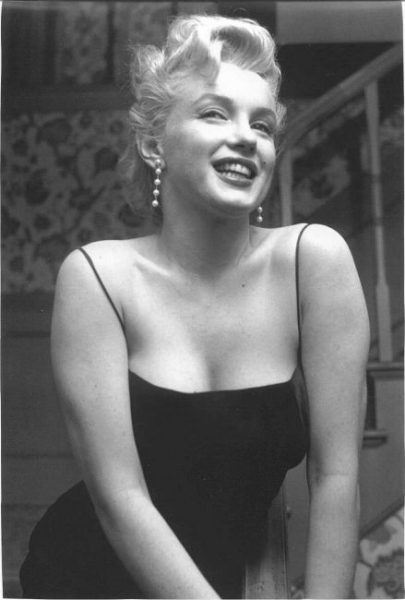
Writing for the New Jersey Star-Ledger, Stephen Whitty looks at the ‘metamorphosis’ of Norma Jeane into Marilyn Monroe. Interestingly, he argues against the usual interpretation of Marilyn’s sex appeal – the little girl trapped in a woman’s body – and suggests that her sexuality was defined by her lifelong desire to become a mother:
“This is not the usual reading of Marilyn Monroe. The accepted interpretation is that she was a sexy contradiction, the overripe figure and underage voice combining to inspire a thousand taboo daydreams.
‘My body turned all these people on, like turning on an electric light,’ she complained once. ‘There was so rarely anything human in it.’
But look at her real appeal again. The womanly curves are those of a new mother. That breathy voice is that of someone whispering a lullaby. The Marilyn Monroe that connected with audiences wanted to take them to bed, all right. But mostly just to tuck them in.”
A touching article in this week’s Radio Times (November 22 issue), in which the writer and DJ, Andrew Collins, declares himself a diehard fan (click on images to enlarge.)

Columnist Jerry Jonas recalls meeting Marilyn Monroe during her public appearance at Camp Pendleton, California, on April 4, 1952:
“I still remember the first time I heard the name Marilyn Monroe. It was the spring of 1951 and I had recently been stationed at the Camp Pendleton Marine Base about 100 miles south of Hollywood.
Returning from noon chow, I noticed a number of my buddies were clustered in a small group ogling a photo in the latest edition of Leatherneck Magazine.
Back then, the Marine Corps’ monthly publication ran a popular ‘pin-up’ photo on the back cover of each issue. A different actress or model was featured each month. On that month’s cover was Marilyn Monroe, the new movie glamour girl, smiling coyly and attired in a somewhat-revealing swimsuit.
While I had no idea who she was, several of my more savvy buddies did. They had already seen her in a movie called The Asphalt Jungle and highly recommended that I catch it. I did and was pleasantly surprised at what I discovered.
A few months later, I would get to meet and chat with Monroe. It was a Sunday afternoon, and along with William Lundigan (a popular male film actor of the day, who had recently co-starred with her and June Haver in the comedy-drama Love Nest), Monroe was appearing at the Veterans Home and Medical Center in West Los Angeles.
There, she and Lundigan would entertain the hundreds of veterans who were the home’s permanent residents. They included aging and disabled men whose military service dated all the way back to the American Indian wars.
Since active-duty military were also invited to the affair, and I was in Hollywood on a weekend pass, I decided to attend.
Yet West Los Angeles was a fair distance from Hollywood, and like most of my military friends, I was low on cash, couldn’t afford to spend what little I had on public transportation and would have to get there by hitchhiking.
It was worth the effort. Monroe and Lundigan each spent about an hour mingling with the veterans and members of the military, posing for photos and signing autographs.
While Lundigan, who had been making films for more than a decade, was better known, the extremely enthusiastic all-male audience quickly made the pretty and curvaceous young Monroe their center of attention. A few whistled and egged her on and she responded with her famous smile.
In a brief conversation, she struck me as somewhat shy, yet extremely intelligent and personable.
While walking from the facility preparing to hitchhike back into Hollywood, I noticed two large sedans being pulled to the front entrance. Lundigan got into the first car, doing his own driving. Monroe got into the second, an apparently chauffeur-driven car.
With my thumb extended, as a sign that I was looking for a ride, I watched the first car approach and could clearly see Lundigan glance casually at me and nod as he continued by.
Slightly disappointed, my attention now turned to Monroe’s car, which was just leaving the entrance. Apparently reacting to my again-extended thumb, the driver seemed to be slowing down and pulling toward me.
Then, I heard the voice. ‘Hey, Marine.’ It was Lundigan, himself a former World War II Marine. He had stopped and was now backing up. ‘C’mon. Get in.’ He had reached over and had opened the passenger door and was offering me a ride into town.
Glancing back, I noticed that the second car had slowed almost to a complete stop, and the driver was smiling at me and shrugging as if to say: ‘I tried.’ Monroe was clearly visible sitting alone in the back seat smiling, her hand poised in a slight wave.
While I appreciated Lundigan’s kindness, and had an interesting conversation with him during the 20-minute ride, I often wondered what it might have been like to spend that 20 minutes riding with Monroe.
What a story that would have been to relay to my pals back at camp.”